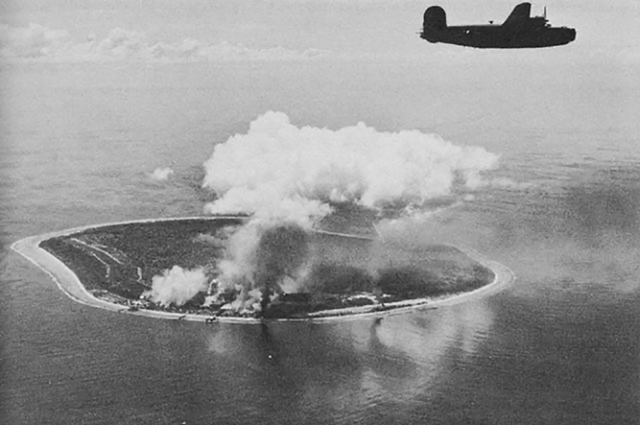The rise and fall of Nauru
Historian article

Aadam Patel offers an insight into the complexities of the recent economic history of a remote Pacific island.
Nauru is an isolated island located in the Pacific Ocean approximately 4,400km north-east from Australia and 1,300km north-east from the Solomon Islands. With an area of just below 21 squared kilometres, it is the third smallest nation on earth behind Monaco and Vatican City and it ranks as the world’s second-smallest country in terms of population, with 10,834 inhabitants.
In 1798, the British sea captain John Fearn, on his trading ship Hunter, reported the first Western sighting of Nauru, labelling it ‘Pleasant Island’ due to its attractive and enticing appearance, the only area within a 1,000 km radius with fresh drinking water. From then onwards, it was an island visited by European sailors on their Pacific Ocean ventures and used most commonly for bartering goods in exchange for fresh water and food supplies. Nauru remained free from colonial control until 1888 when as a result of the Anglo-German Declarations about the Western Pacific Ocean Acts of 1886, the British and German Empires agreed to trade islands in order to increase their sphere of influence...
This resource is FREE to all registered users of the website
If you are not already registered you can sign up for FREE Basic Website Access or Join the HA to access this content.

